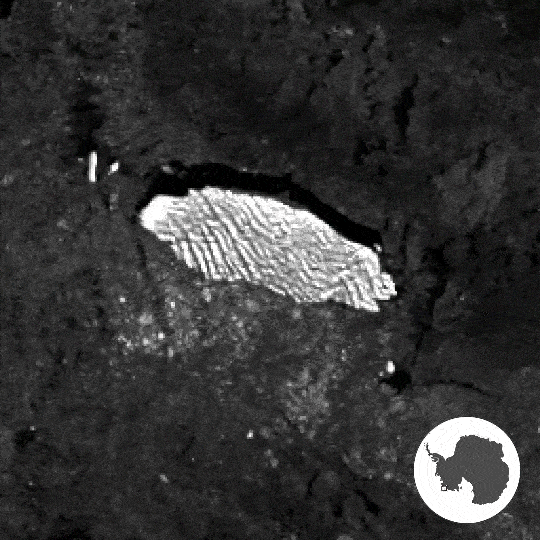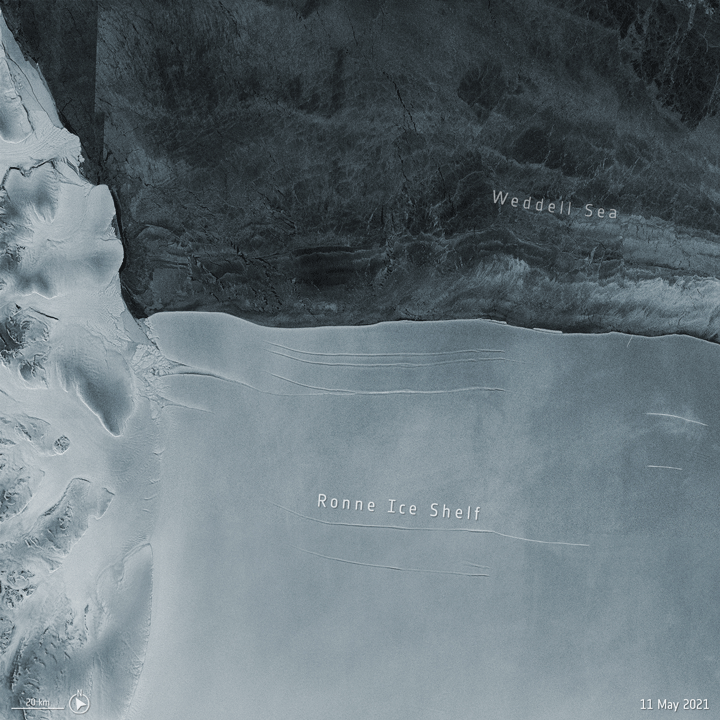

Applications
Using AI to measure the size of icebergs
Giant icebergs are important components of the Antarctic environment. They impact ocean physics, chemistry, biology and, of course, maritime operations. Therefore, it is crucial to monitor iceberg extent and to quantify how much meltwater they release into the ocean. In a groundbreaking development, researchers from the University of Leeds have unveiled a neural network that can swiftly and accurately chart the expanse of large Antarctic icebergs in Copernicus Sentinel-1 satellite radar images, accomplishing the task in a mere 0.01 seconds. This novel approach is in stark contrast to the laborious and time-consuming manual efforts needed previously.





